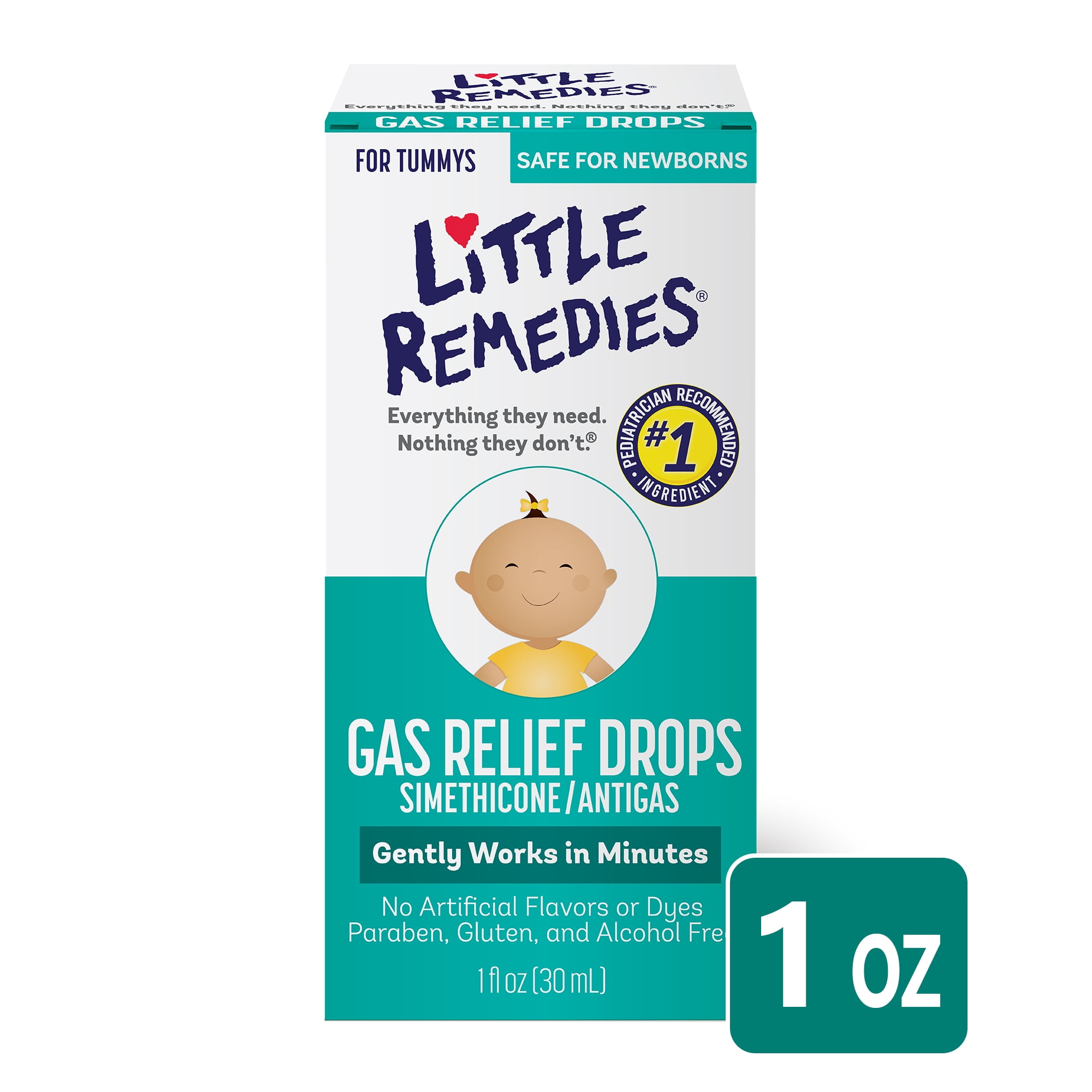
Baby Gas Drops: A Comprehensive Guide for Parents
Introduction
Gas is a common issue that affects babies, causing discomfort, fussiness, and crying. Baby gas drops are over-the-counter medications designed to relieve gas and its associated symptoms. This article provides a comprehensive guide to baby gas drops, including their ingredients, effectiveness, safety, and usage guidelines.
Understanding Baby Gas
Gas is a natural byproduct of digestion. When babies swallow air while feeding or cry excessively, they can accumulate gas in their digestive tract. This gas can cause bloating, abdominal pain, and discomfort.
Ingredients in Baby Gas Drops
Baby gas drops typically contain one or more of the following ingredients:
- Simethicone: A silicone-based compound that breaks down gas bubbles in the stomach and intestines, allowing them to pass more easily.
- Fennel: A herb that has carminative properties, meaning it helps expel gas.
- Ginger: Another herb with carminative properties that can soothe the digestive tract.
- Anise: A spice that has been traditionally used to relieve gas and colic.
Effectiveness of Baby Gas Drops
Studies have shown that baby gas drops can be effective in reducing gas and its symptoms. Simethicone, the most common ingredient in gas drops, has been found to significantly reduce gas pain and crying in babies.
Safety of Baby Gas Drops
Baby gas drops are generally considered safe for use in infants. However, it is important to follow the dosage instructions carefully and avoid giving your baby more than the recommended amount.
Usage Guidelines
- Dosage: Follow the dosage instructions on the product label. The recommended dosage varies depending on the age and weight of the baby.
- Frequency: Gas drops can be given as needed, up to the maximum recommended daily dosage.
- Administration: Gas drops can be given orally using a dropper or syringe.
- Timing: Gas drops can be given before or after feedings, or as needed when the baby is experiencing gas symptoms.
When to Seek Medical Attention
While baby gas is usually a minor issue, it is important to seek medical attention if your baby:
- Has severe or persistent gas pain
- Has blood in their stool
- Has a fever
- Is vomiting or has diarrhea
- Is not gaining weight
Alternative Remedies for Baby Gas
In addition to baby gas drops, there are several alternative remedies that can help relieve gas in babies:
- Burping: Burping your baby frequently during and after feedings can help release trapped air.
- Massage: Gently massaging your baby’s tummy in a clockwise motion can help move gas through the intestines.
- Warm bath: A warm bath can help relax your baby and relieve gas pain.
- Gripe water: Gripe water is a traditional remedy made from herbs such as fennel and ginger. It is believed to have carminative properties.
Conclusion
Baby gas drops can be an effective and safe way to relieve gas and its associated symptoms in infants. By understanding the ingredients, effectiveness, safety, and usage guidelines of baby gas drops, parents can make informed decisions about their use. If your baby has severe or persistent gas pain, it is important to seek medical attention to rule out any underlying medical conditions.
